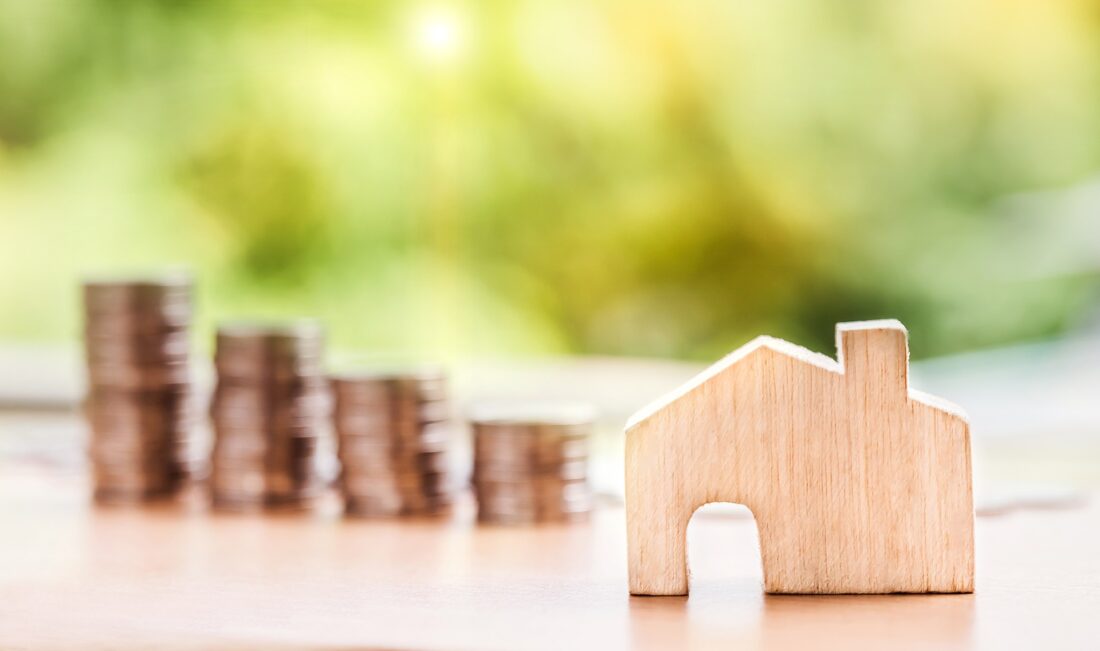Wardrobes allow for custom design storage that makes organization easier around your home and particularly the bedrooms. It allows for multiple sections of drawers, doors, and shelves so that you can store items in a more functional and aesthetically pleasing manner. Without a good wardrobe design, the bedrooms in your house will often be cluttered with socks, ties, belts, shirts, and pants. Here is what you need to know about the basics of installing a wardrobe.
Size and Dimensions
The main difference between a closet and a wardrobe is that the former is built into the wall. Since wardrobes are external, they can be of whatever size that fits your needs. However, certain conventions still influence the dimensions of the wardrobe today.
- Depth: The depth of the wardrobe can be just deep enough to allow for the hanging of clothes. However, the depth can vary from between 50 and 70 centimeters and 62 cm is the recommended depth.
- Width: It needs to be wide enough to accommodate the swinging of doors and placement of items in the open spaces with minimal obstructions. The width can vary between 40- 300 cm.
- Height: This will depend on the dimensions of the space you want to place the wardrobe. Usually, wardrobes are between 140cm to 250cm high.
Style
You need to consider the style of the wardrobe if you want to make it both functional and aesthetically pleasing. There are many styles of wardrobes today with designs to incorporate your storage needs. If it is for hanging clothes only, an open section will be enough for most of your needs. However, you may require more partitions if you find there is also a need to store other items such as shoes, belts, ties, cufflinks, etc.
The wardrobe often has one, two or three partitions. Two partitions can be one for storing clothes, and the other partition set aside for other items. You may opt for one with more partitions if you have a wider range of accessories and you need your space to be more functional. Instead of getting a new wardrobe, you can add shelves to any of these partitions. If you are sharing the wardrobe with a partner organizing your things becomes much easier when you have more sections and shelves.
Materials
Old wardrobes were ready made and were built with metal, usually iron. Many homeowners bought them because they had a safe inside. Nowadays, wardrobes are lightweight and made of more affordable materials. Most are made of wooden boards and plywood to divide partitions and sections. A cheaper alternative to plastics such as MDF and particle boards are becoming more popular than plywood which has limited applications due to relatively high costs. For aesthetics, materials such as colored glass and polyurethane are used to provide the extra gloss and a finish to enhance its appeal.
Construction
Doing your own construction will require that you acquire the skills to work with hardwood and plywood, amongst other materials used to make wardrobes. If you are not confident with your ability to handle the process use your local handyman services to reduce the risks and associated costs.

